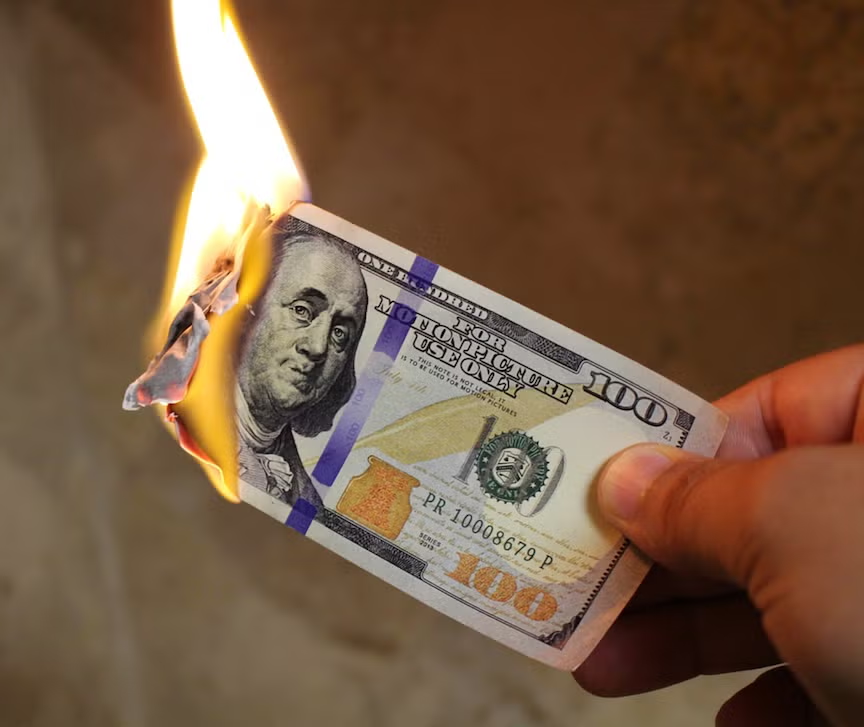Written by Jared Bonebright
The past year and a half have seen economic fluctuations like nothing before, and while the infection rates of COVID-19 seem to be on the decline, the ramifications on greater society and the economy still remain to be seen. Starting in mid 2021, the United States has started experiencing interest rates exceeding 5 percent – the highest annual rates since 1990. [1] Remembering all of the uncertainty of the American economy over the past year and a half, some Americans are concerned about high inflation and are concerned about possible hyperinflation. I will be exploring what is causing this high inflation in America, what causes hyperinflation, and using historical data, answer the question: “is the US headed for hyperinflation?”
The first key to answering this question is understanding what causes inflation. Inflation refers to a rise in the price of goods/cost of living. This comes from rising costs to produce goods and the increase in demand for the goods being produced. Under normal circumstances, improvements in technology and education lead to more demand driven inflation as people become more productive at a slow but consistent rate. This increase in productivity leads to earning higher wages and wanting to consume more, leading again to higher prices in response to demand. Rarer occasions, such as natural disasters,restrictive regulations, or a number of other changes can lead to production costing more, holding up the other side of inflation.
COVID-19 has, in many ways, been a roller coaster of inflation. The initial shutdown of workplaces and uncertainty shocked the market and tanked demand to a low of .1% inflation in May 2020, but since has risen back to a 30 year high of 5.4%… so what happened here?[1] The answer is complicated, but can be broken down to a few key points. First, the CARES act passed trillions of dollars into the hands of affected businesses and Americans over the course of the pandemic and, as things begin to open back up, they are beginning to spend much, much more. Second, global supply chain disruptions have led production costs to increase due to shipping and lack of workers, necessitating higher wages all around in order to function. These two factors are increasing inflation from both supply side and demand side, but the federal reserve is also contributing with certain monetary policy decisions.[2]
The federal reserve has two main tools to control the economy: control of interest rates, and the money supply. As a way to encourage more spending, they have been buying bonds at a rate of $120 Billion per month and will continue to do so for the near future[2]. This increases the money supply in the economy, again leading to more spending amongst those with more money. They have also decreased interest rates to near zero over the course of the pandemic, encouraging spending by reducing the passive benefit of saving money in banks. These implementations of monetary policy, coupled with fiscal stimulus and global supply chain issues come together to boost inflation to comparatively very high rates, causing justified concern for many people.
While “high inflation” is generally categorized as above 5%, hyperinflation is another beast. A rule of thumb in identifying hyperinflation is 50% inflation or more per month [5]. As an example to help understand what that means, let’s say a loaf of bread costs $5 in January. By the end of February, it would cost $7.5, by the end of March, $11.25, and by January of the next year it would cost $650. This is far from what the US is currently experiencing right now, but that leaves questions about if our inflation could reach this level in the future, so let’s explore that by looking at what has caused this to happen in the past.
In theory, hyperinflation could happen under two main circumstances. One: the population keeps getting wealthier and wealthier, demanding more and more at a rate supply simply cannot hope to keep up with. This has never happened, and it is difficult to imagine what realistic circumstance could lead to this. The second, more feasible option is that the costs of production skyrocket, drastically limiting the availability of goods and therefore driving prices to rise astronomically. The main way we have seen this happen involves some massive shock to the market like war or natural disaster, coupled with reckless, uncontrolled printing of money.
The most famous example of hyperinflation in history is that of post World War 1 Germany. During World War 1, Germany directed as many of its resources as possible to fighting the war. Factory conversions, drafting able-bodied and working-age men, etc. did greatly improve their military. But when factories were no longer producing consumer goods, and a large portion of the population was still earning money from the government but were not producing anything, demand began to outpace supply by a large margin. Flash forward to the end of the war: people have money but very few consumer goods, the productive capacity of the country has been crippled by a losing war, and now the Treaty of Versailles imposed reparations greater than the country’s prior GDP [3]. These factors led to massive inflation as it was, but the further task of rebuilding the economy and paying back reparations seemed impossible, and as if to make it worse, France also occupied some of the most important regions of Germany’s industry because they couldn’t keep up. The government chose to detach the currency from gold and began printing money wildly as a last resort. This uncontrolled printing led to increases in nominal spending, a massive devaluation of currency, and a spiral that seemed unstoppable. From January 1921 to November 1923, the exchange rate between Marks and the US Dollar went from 8 Marks to the dollar, to 130 Billion [3].
It seems very difficult to believe that this could happen today, given that the study of economics barely existed at the time and has grown tremendously since, but still, some countries continue to experience hyperinflation to this day. Venezuela has suffered since the 80’s, with rates reaching 1,000,000% in 2018 [4]. Zimbabwe had a similar crisis, albeit for only a few years in the late 2000’s. Even though we know a lot more, this is not yet an issue of the past [6]. That being said, these cases are fueled by deep seeded and long lasting issues within these countries as well as corruption and instability that prevents meaningful steps from being taken to change it.
To answer the original question: is the United States headed for hyperinflation? Almost certainly not. While there may be issues with the US political system, there are direct separations between the Federal Reserve and the government to specifically keep all politics out of its decision making process. Even if there weren’t, the recent examples have a mix of dictators struggling to consolidate power, somewhat recently gained freedom from colonizers leaving a power vacuum, and civil wars or uprisings. Regardless of where you fall on the political spectrum, none of this is occuring in the United States, so unless something cataclysmic happens, the US is decidedly not heading for hyperinflation.
References
1 Current US Inflation Rates: 2000-2021 | US Inflation Calculator
2 5 Reasons Inflation Is Rising in Summer 2021 | The Motley Fool
3 Hyperinflation of the Weimar Republic – When Money Buys LittleSciHi Blog
5 Hyperinflation Definition (investopedia.com)
6 https://honors.libraries.psu.edu/files/final_submissions/953


